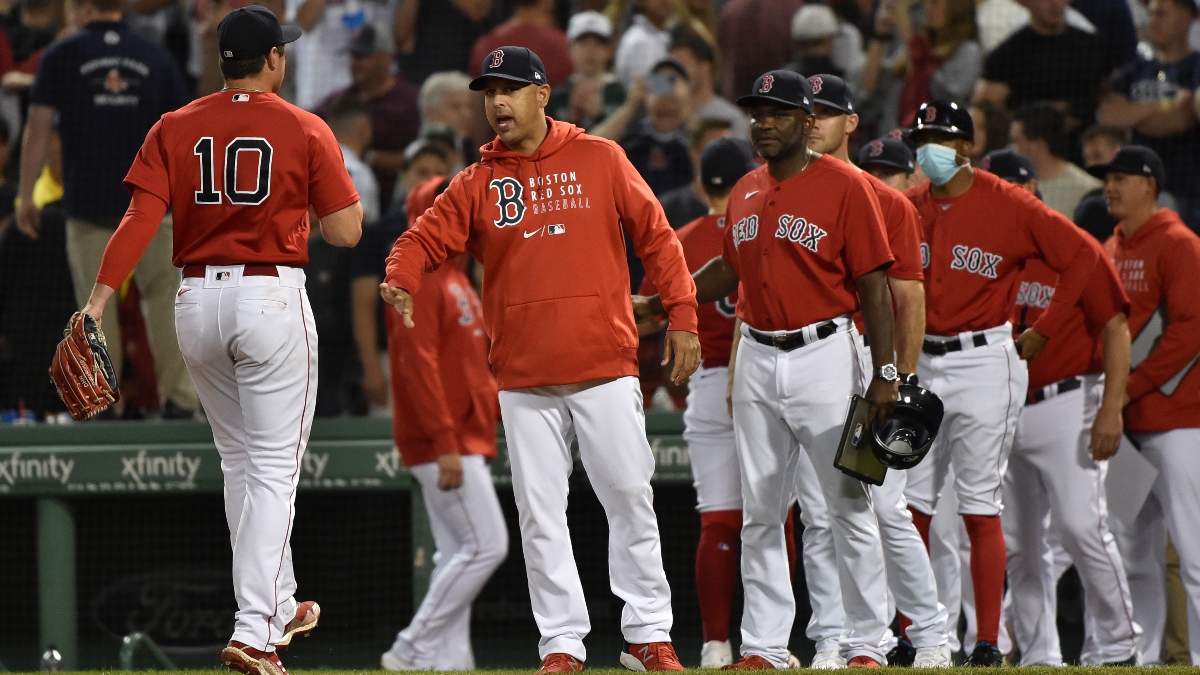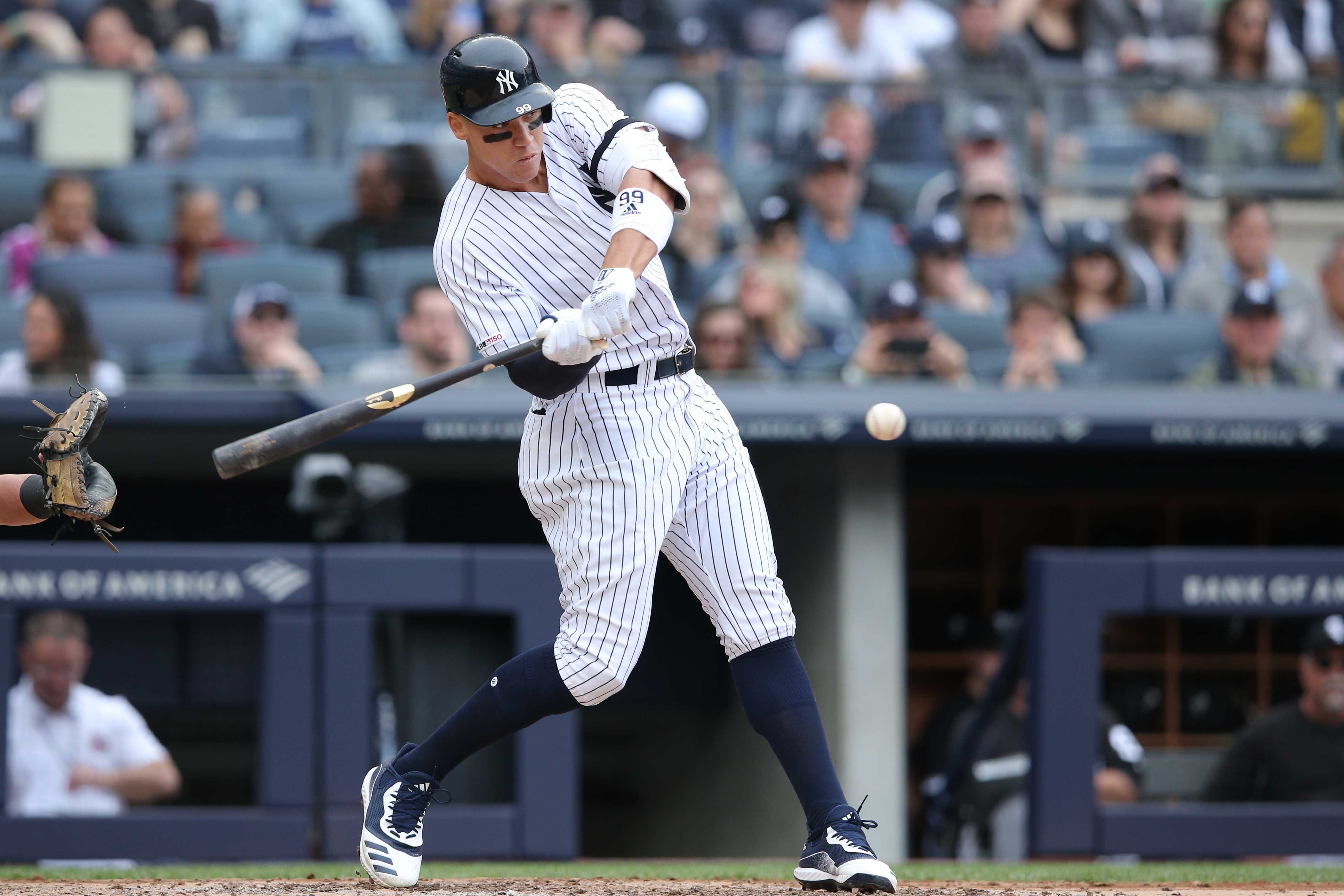The Market Crash And The Retail Investor Surge: A Deep Dive

Table of Contents
The Catalysts Behind the Retail Investor Surge
The rapid increase in retail investor participation during recent market crashes wasn't accidental. Several key catalysts fueled this surge, fundamentally changing the landscape of investing.
The Role of Social Media and Online Brokerages
The democratization of investing played a crucial role. Platforms like Reddit's WallStreetBets and commission-free brokerage apps like Robinhood significantly lowered the barrier to entry. This accessibility fostered a new generation of investors.
- Increased Accessibility: Online brokerages offered user-friendly interfaces and streamlined account opening processes.
- Ease of Use: Trading apps simplified complex financial transactions, making investing accessible to individuals with limited financial experience.
- Gamification of Investing: The social and competitive aspects of these platforms, often likened to gaming, encouraged participation and engagement.
- Social Proof and Herd Behavior: The collective actions and opinions shared on social media platforms influenced trading decisions, leading to herd behavior and amplified market movements.
Statistics show a dramatic increase in the number of retail brokerage accounts during periods of market uncertainty. For instance, Robinhood reported a massive surge in new accounts in early 2020, coinciding with the initial market crash.
Economic Uncertainty and Government Stimulus
Beyond technological advancements, macroeconomic factors contributed significantly to the retail investor surge.
- Search for Alternative Income Streams: Job losses and economic lockdowns driven by the pandemic pushed many individuals to seek alternative income sources, with some turning to the stock market.
- Increased Savings: Government stimulus checks and reduced spending during lockdowns provided individuals with additional capital to invest.
- Fear of Missing Out (FOMO): Witnessing market fluctuations and the success stories of others fueled a sense of urgency and fear of missing out, encouraging participation.
The confluence of these economic factors, coupled with the ease of access to the market, created a perfect storm for retail investor participation.
The Impact of Retail Investors on Market Volatility
The influx of retail investors significantly impacted market dynamics, particularly its volatility.
Increased Market Volatility and "Meme Stock" Phenomenon
The most visible impact was the rise of "meme stocks"—companies whose stock prices were driven up by collective action and social media hype, irrespective of their fundamental value. This phenomenon led to extreme price swings and increased market volatility.
- Short Squeezes: Retail investors coordinated to buy and hold shares of heavily shorted companies, forcing short-sellers to cover their positions and driving prices even higher.
- Price Manipulation: While not always intentional, the coordinated actions of retail investors could lead to significant price fluctuations, sometimes independent of underlying company performance.
- Impact on Institutional Investors: The actions of retail investors challenged traditional investment strategies and forced institutional investors to adapt to the new market dynamics.
Charts illustrating the volatile price movements of meme stocks like GameStop and AMC vividly demonstrate the impact of this retail investor-driven volatility.
The Role of Sentiment and Herd Behavior
Retail investor decisions were often driven by emotion and sentiment, rather than rational analysis. This collective behavior significantly influenced market trends.
- Fear: Market downturns triggered fear and panic selling, exacerbating price declines.
- Greed: Rapid price increases fueled greed and speculation, leading to further buying and price inflation.
- FOMO: The fear of missing out on potential gains drove many investors to participate without proper research or understanding of risk.
- Social Influence: Social media amplified emotional responses and herd behavior, influencing trading decisions based on group sentiment rather than individual analysis.
- Lack of Diversification: Many retail investors lacked the knowledge or experience to diversify their portfolios effectively, increasing their vulnerability to market fluctuations.
Understanding behavioral finance concepts is crucial to analyzing the impact of retail investor psychology on market volatility.
Long-Term Implications for the Market and Retail Investors
The surge in retail investor participation has long-term implications for both the market and individual investors.
The Sustainability of Retail Investor Participation
The question remains: will this level of retail investor involvement persist?
- Market Corrections: Future market corrections could lead to disillusionment and reduced participation among less experienced investors.
- Regulatory Changes: Increased regulatory scrutiny and changes to trading rules could impact retail investor access and activity.
- Increased Education and Awareness: Greater financial literacy among retail investors could lead to more informed and responsible investing practices.
Lessons Learned and Future Trends
The recent surge in retail investing offers valuable lessons:
- Increased Financial Literacy: There's a growing need for improved financial education to equip retail investors with the knowledge and skills to make informed decisions.
- Evolution of Trading Platforms: Trading platforms will continue to evolve, offering more sophisticated tools and resources to cater to the needs of retail investors.
- The Role of AI and Robo-Advisors: AI-powered robo-advisors and algorithmic trading tools may play a larger role in assisting retail investors with portfolio management and risk mitigation.
Conclusion: Navigating Market Crashes as a Retail Investor
The surge in retail investor participation during recent market crashes has fundamentally altered market dynamics. Understanding the factors driving this phenomenon, the impact on volatility, and the long-term implications is crucial for both seasoned and novice investors. While the potential for high returns exists, it’s critical to remember that market crashes are inherent to investing. Diversifying your portfolio, seeking professional financial advice when needed, and practicing responsible investing habits are key to navigating these volatile periods successfully. Learn more about navigating market crashes as a retail investor and protect your portfolio by researching reputable financial resources and investing strategies.

Featured Posts
-
 Twins Win 6 3 Over Mets Taking Game Two Of Series
Apr 28, 2025
Twins Win 6 3 Over Mets Taking Game Two Of Series
Apr 28, 2025 -
 Alex Cora Tweaks Red Sox Lineup For Doubleheader Opener
Apr 28, 2025
Alex Cora Tweaks Red Sox Lineup For Doubleheader Opener
Apr 28, 2025 -
 Analyzing The Yankees Lineup Aaron Judges Role And Boones Strategy
Apr 28, 2025
Analyzing The Yankees Lineup Aaron Judges Role And Boones Strategy
Apr 28, 2025 -
 Nuclear Negotiations Us And Iran Remain Divided After Talks
Apr 28, 2025
Nuclear Negotiations Us And Iran Remain Divided After Talks
Apr 28, 2025 -
 Access To Birth Control Examining The Post Roe Landscape Of Otc Options
Apr 28, 2025
Access To Birth Control Examining The Post Roe Landscape Of Otc Options
Apr 28, 2025
